I discovered something magical tucked away in the rolling hills of Friuli Venezia Giulia last summer—a perfect escape for art and nature lovers alike. Villa Manin, with its sprawling gardens and impressive galleries, offers visitors a chance to experience the perfect blend of Italian art and natural beauty in one stunning location.
The villa’s wonderful gardens provide a relaxing sanctuary where you can stroll among blooming flowers while the interior spaces regularly host exhibitions that showcase both local and international artistic talent.
Walking through these historic gardens feels like stepping into a living painting. The meticulously maintained grounds feature winding paths, seasonal blooms, and peaceful corners perfect for quiet reflection.
As I wandered through Villa Manin, I noticed how the property perfectly captures the luxury and refinement that defines the grand villas of northeastern Italy. The experience is truly unique to Friuli, a region often overlooked by tourists heading to more familiar Italian destinations.
The gardens burst with color during spring and summer, making April through September the ideal time to visit. I recommend setting aside at least half a day to fully appreciate both the outdoor spaces and the art collections housed inside.
Bring a camera and comfortable walking shoes—you’ll want to capture the beauty and explore every corner of this Italian treasure without hurrying through the experience.
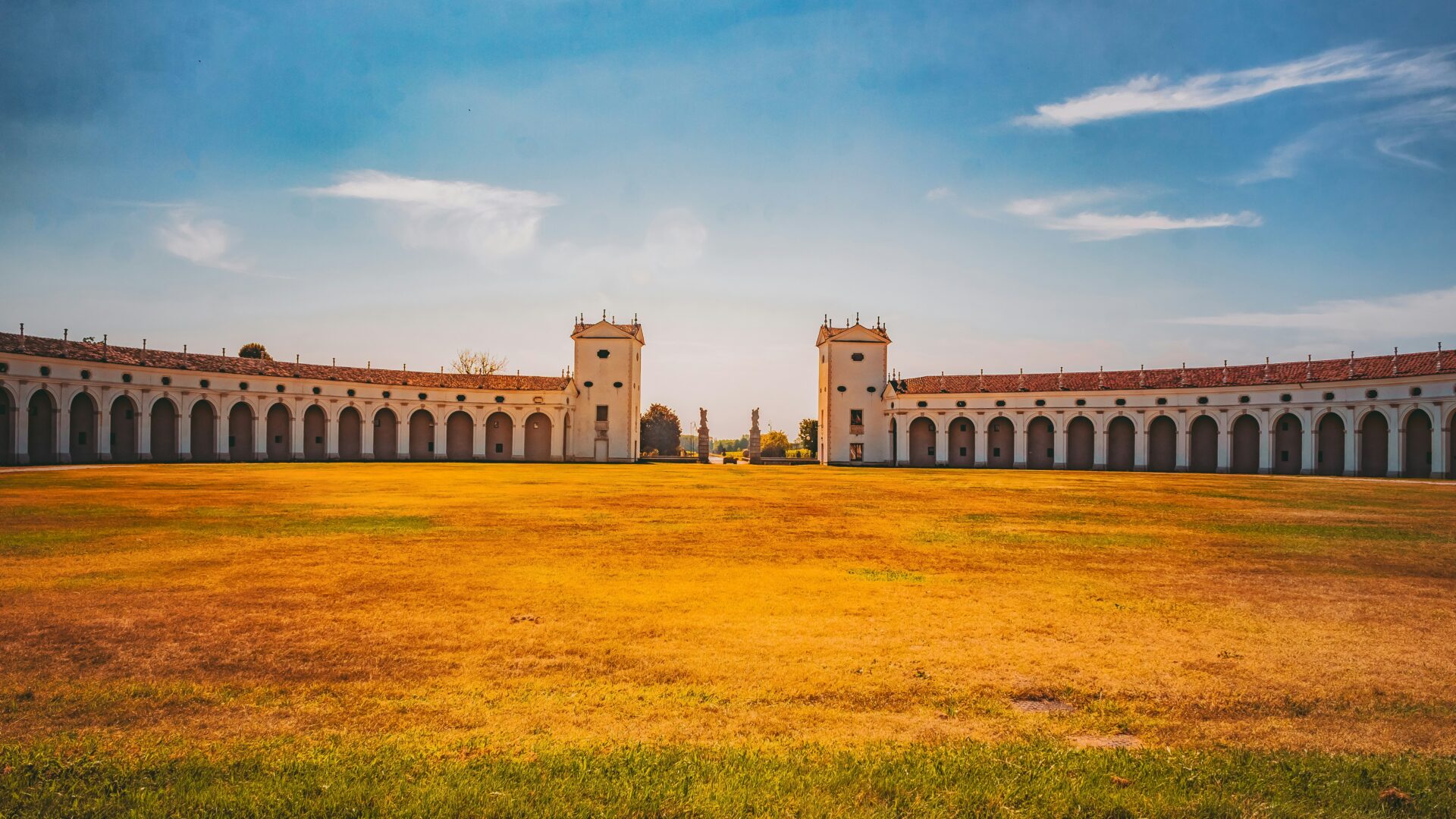
Exploring the Grandeur of Friuli’s Villas
The northeastern Italian region of Friuli Venezia Giulia holds remarkable treasures in its elegant villas and their surrounding gardens, offering visitors a glimpse into the region’s artistic heritage and natural beauty.
The Historic Charm of Italian Villas
I’ve found that Friuli’s villas tell stories of the region’s rich past through their stone walls and ornate details. Many of these magnificent estates date back centuries, showcasing the wealth and artistic tastes of noble families who once called them home.
Walking through these historic properties, I’m always struck by how they blend Italian and Austrian influences—a testament to Friuli’s unique border position. The villas often feature marble staircases that gleam in the sunlight and intricate frescoes depicting mythological scenes.
The interiors are just as impressive as the exteriors. Hand-painted ceilings, antique furniture, and carefully preserved artifacts make me feel like I’ve stepped back in time.
These villas weren’t just homes; they were symbols of power and refinement in their day. Today, many have been lovingly restored to welcome visitors curious about Friuli’s aristocratic history.

Architectural Marvels and Luscious Gardens
I love spending hours wandering through the Renaissance gardens that surround these grand homes. The garden designers created perfect harmony between architecture and nature, something that still captivates visitors today.
Many villas boast terraced gardens that tumble down gentle slopes, offering spectacular views of the Adriatic or the region’s rolling countryside. These carefully planned green spaces feature rare botanical species and imposing trees that have stood guard for generations.
Fountains are a particular highlight, with water features ranging from simple marble basins to elaborate cascades. During spring, the gardens burst with color as flowers bloom alongside manicured hedges.
What makes these spaces truly special is how they change with the seasons. In autumn, I’ve watched golden leaves carpet grand lawns, while summer brings the sweet scent of roses and jasmine to the air.
Art Nouveau elements appear in many of the newer villas, especially those near lakefronts, adding yet another layer to the architectural story of this fascinating region.
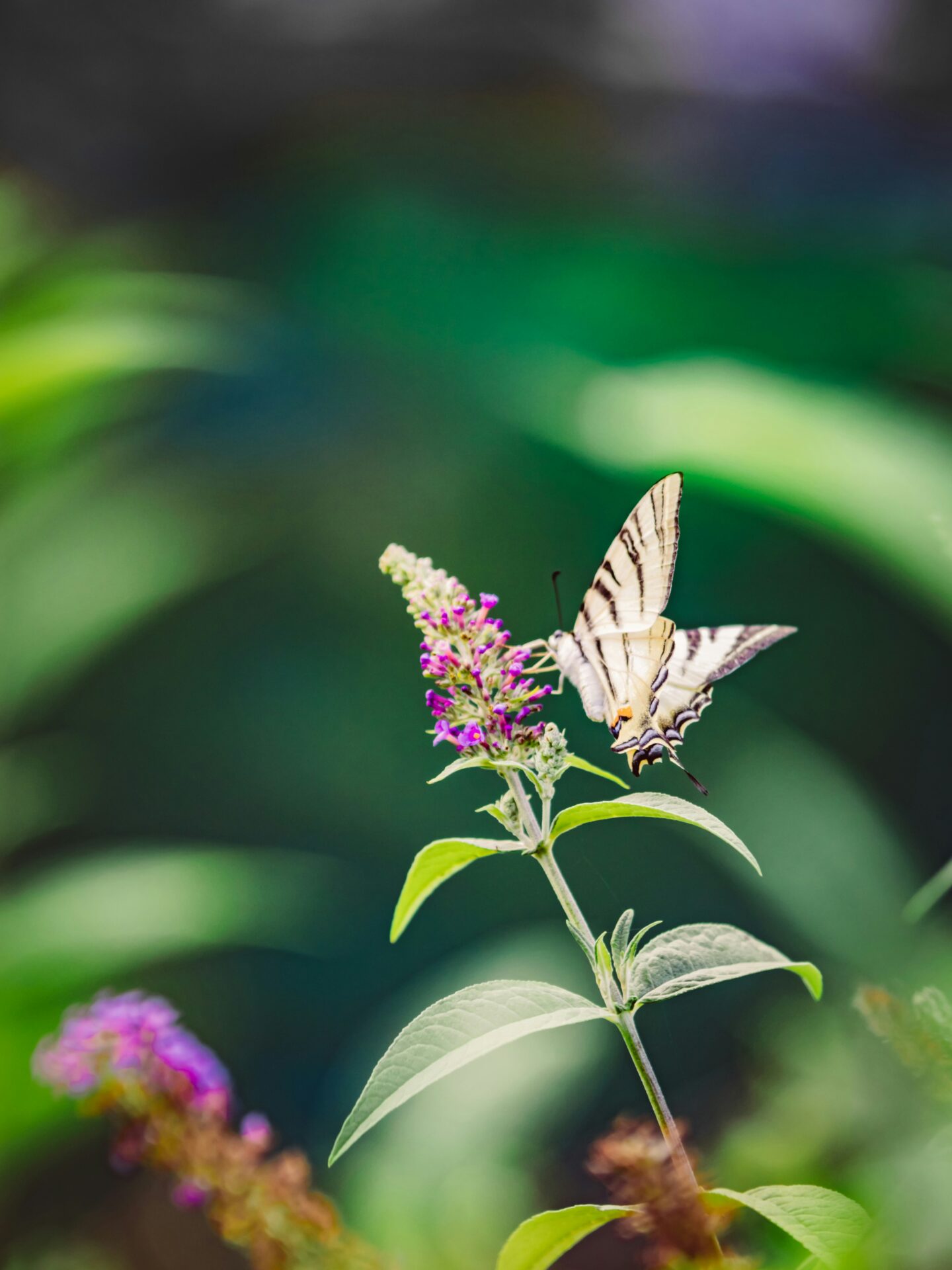
Savoring Friuli’s Flavors: Vineyards and Gastronomy
The Friuli-Venezia Giulia region offers some of Italy’s most distinctive wine and food experiences. During my visit, I discovered that local wines and traditional dishes are best enjoyed amid the region’s stunning landscapes.
A Taste of Friuli: White Wines and Local Cuisine
Friuli’s wineries are a true highlight of any visit to this northeastern Italian region. The area is famous for its crisp white wines, with Pinot Grigio and Friulano being standout varieties that I couldn’t get enough of. These wines have a distinctive mineral quality that reflects the unique local terroir.
In Collio, one of the region’s premier wine districts, I visited several family-owned wineries. The tasting rooms were beautiful and welcoming, with no pressure to buy after tours. Many offered samples paired with local cheeses and prosciutto.
The traditional cuisine here is hearty and satisfying. I tried Jota, a rustic bean and sauerkraut soup that pairs wonderfully with the local whites. This dish tells the story of Friuli’s position at the crossroads of Italian, Austrian, and Slavic cultures.
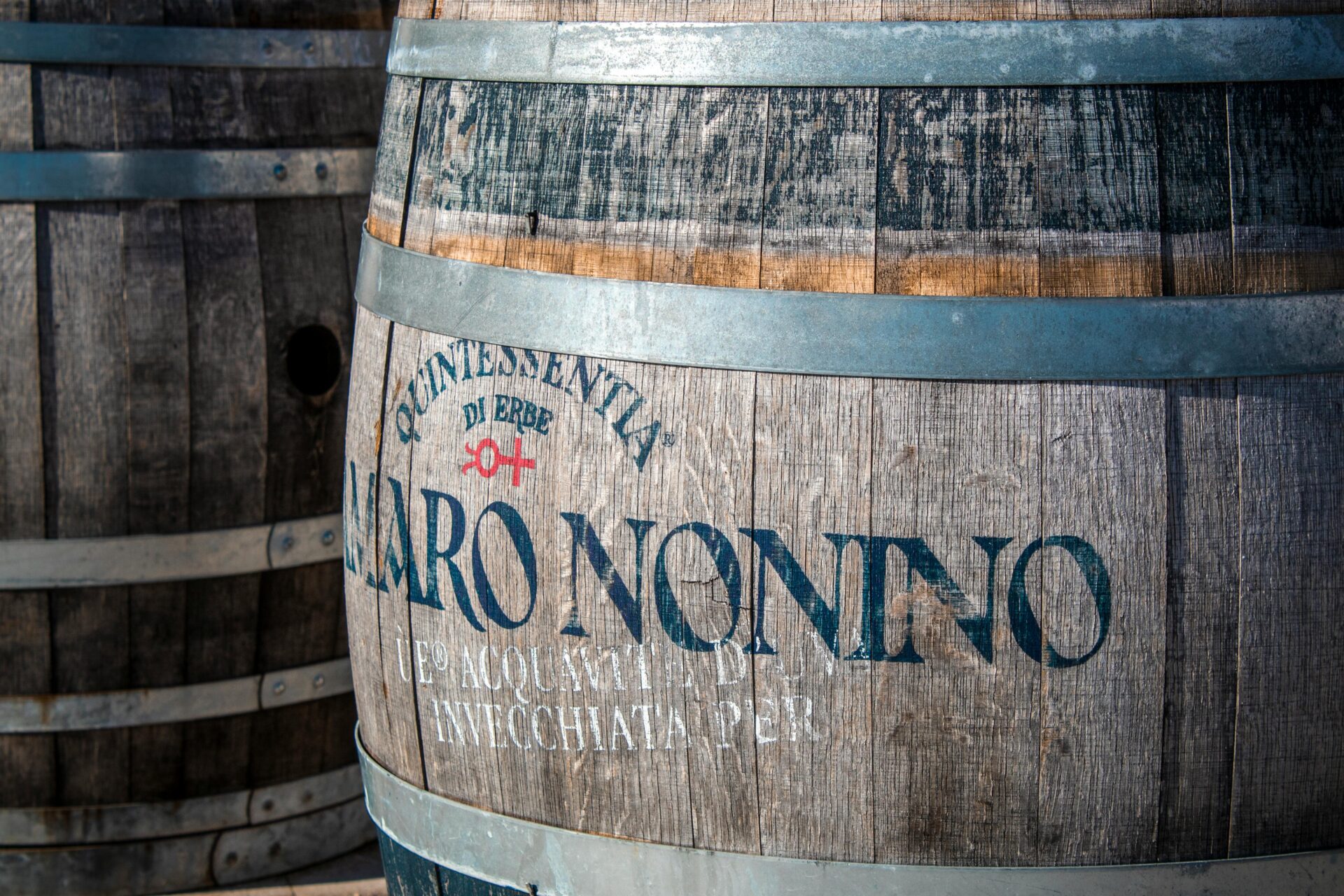
Pairing Scenic Views with Exquisite Dining
The vineyard landscapes of Friuli create perfect settings for memorable meals. During my wine tour, I enjoyed lunch at a hillside restaurant overlooking rows of vines stretching toward the horizon.
Many wineries offer guided tastings with traditional local products. These typically last about two hours and provide deep insights into regional flavors. I loved how the owners themselves often lead these experiences, sharing family stories along with their wines.
For a luxury experience, several vineyards have on-site restaurants where chefs create dishes specifically designed to complement their wines. The Italian Gardens at one grand villa provided a magical dinner setting, with herbs and vegetables grown just steps from my table.
The combination of scenic beauty, exceptional wines, and regional cuisine makes Friuli a paradise for food and wine lovers like me.
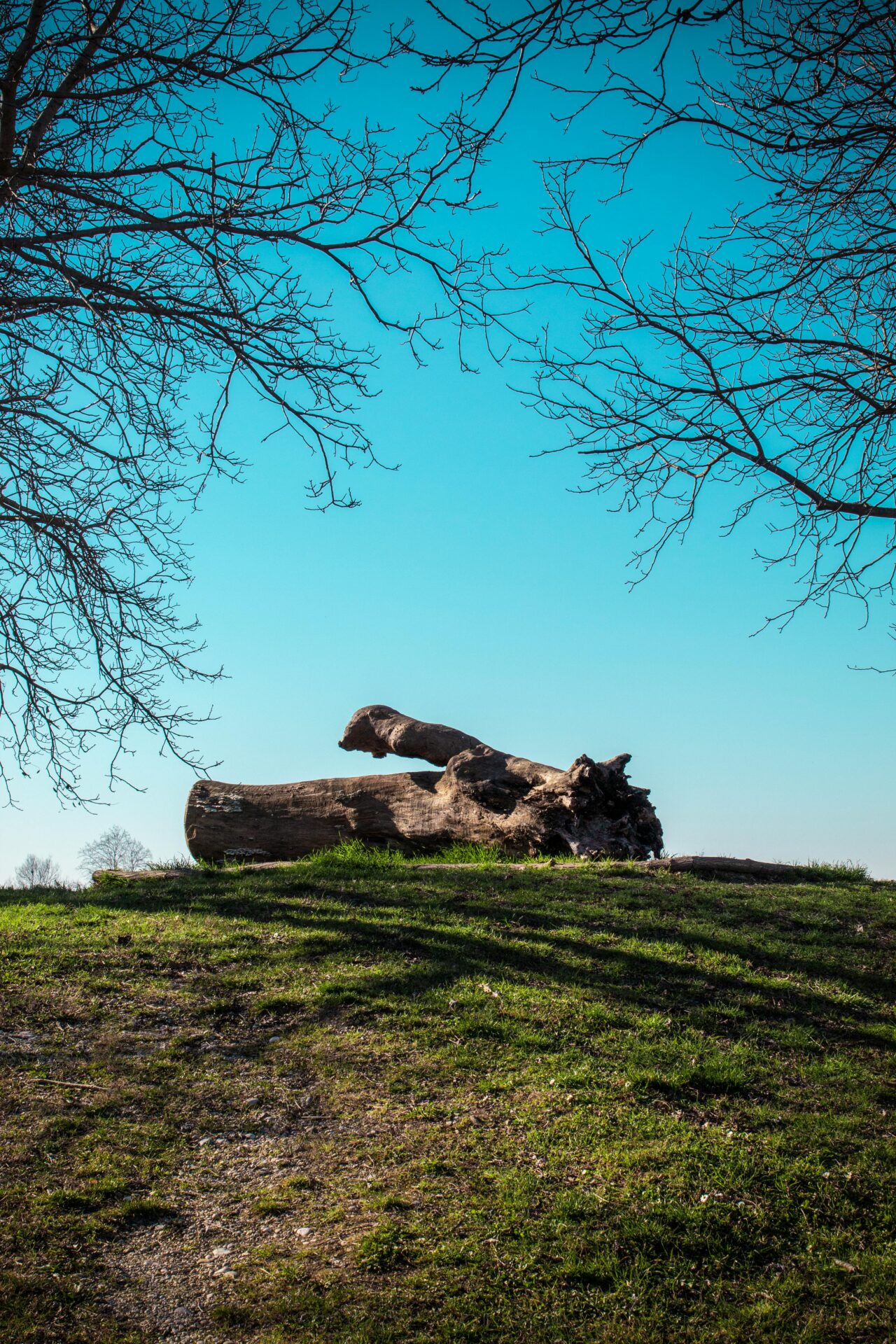
Garden Oasis: Discovering Botanical Wonders
Italy’s botanical gardens offer breathtaking escapes where nature and design blend perfectly. During my visits, I’ve found these green sanctuaries provide peaceful retreats and showcase incredible plant diversity amid stunning landscapes.
Boboli Garden: A Lush Renaissance Escape
I wandered through Boboli Garden last spring and was immediately transported to another time. This Renaissance masterpiece sits behind the Pitti Palace in Florence and spans 45,000 square meters of meticulously designed greenery.
The garden features ancient statues that peek out from behind perfectly trimmed hedges. Large fountains create a soothing soundtrack as you explore the grounds. The amphitheater area particularly caught my eye with its classical Roman influence.
What makes Boboli truly special is its terraced design that offers spectacular views of Florence. I recommend visiting in early morning when the light filters through the cypress trees. The garden’s Renaissance symmetry combines with wild natural elements to create a perfect balance.
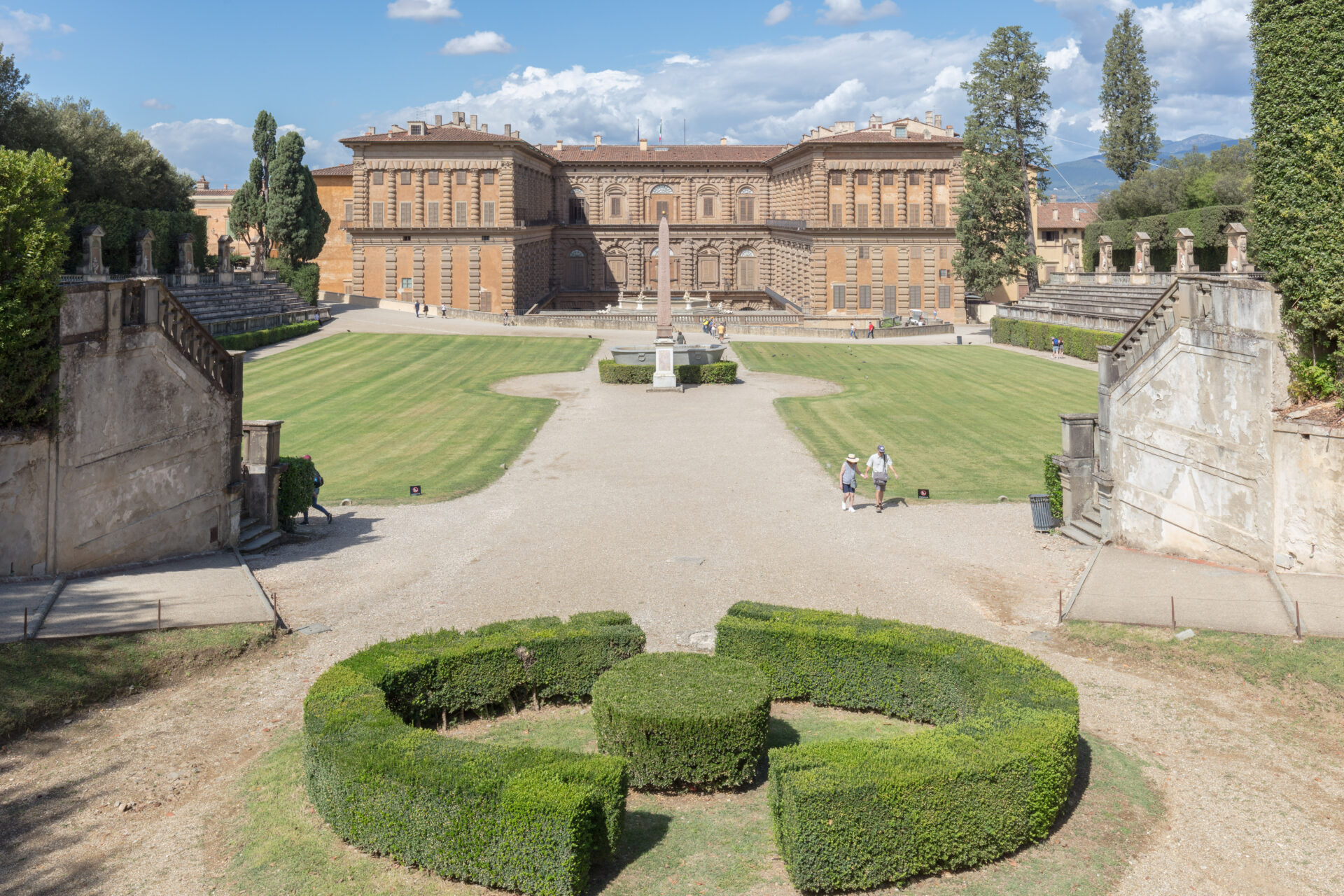
Parco Giardino Sigurtà: Scenic Trails and Water Features
Parco Giardino Sigurtà near Verona surprised me with its incredible variety. This 600,000-square-meter park has earned recognition as one of Europe’s most beautiful gardens.
The water garden captivated me with its serene pools reflecting the surrounding landscapes. Five ornamental lakes connect through streams and waterfalls, creating a refreshing atmosphere even on hot Italian days.
My favorite spots include:
- The Avenue of Roses with over 30,000 blooms
- The Maze garden with perfectly trimmed hedges
- The Great Lawn with its panoramic views
The seasonal tulip display transforms the park each spring with over a million flowers creating a colorful carpet. I spent hours walking the meandering paths, discovering hidden grottos and romantic viewpoints along the way.
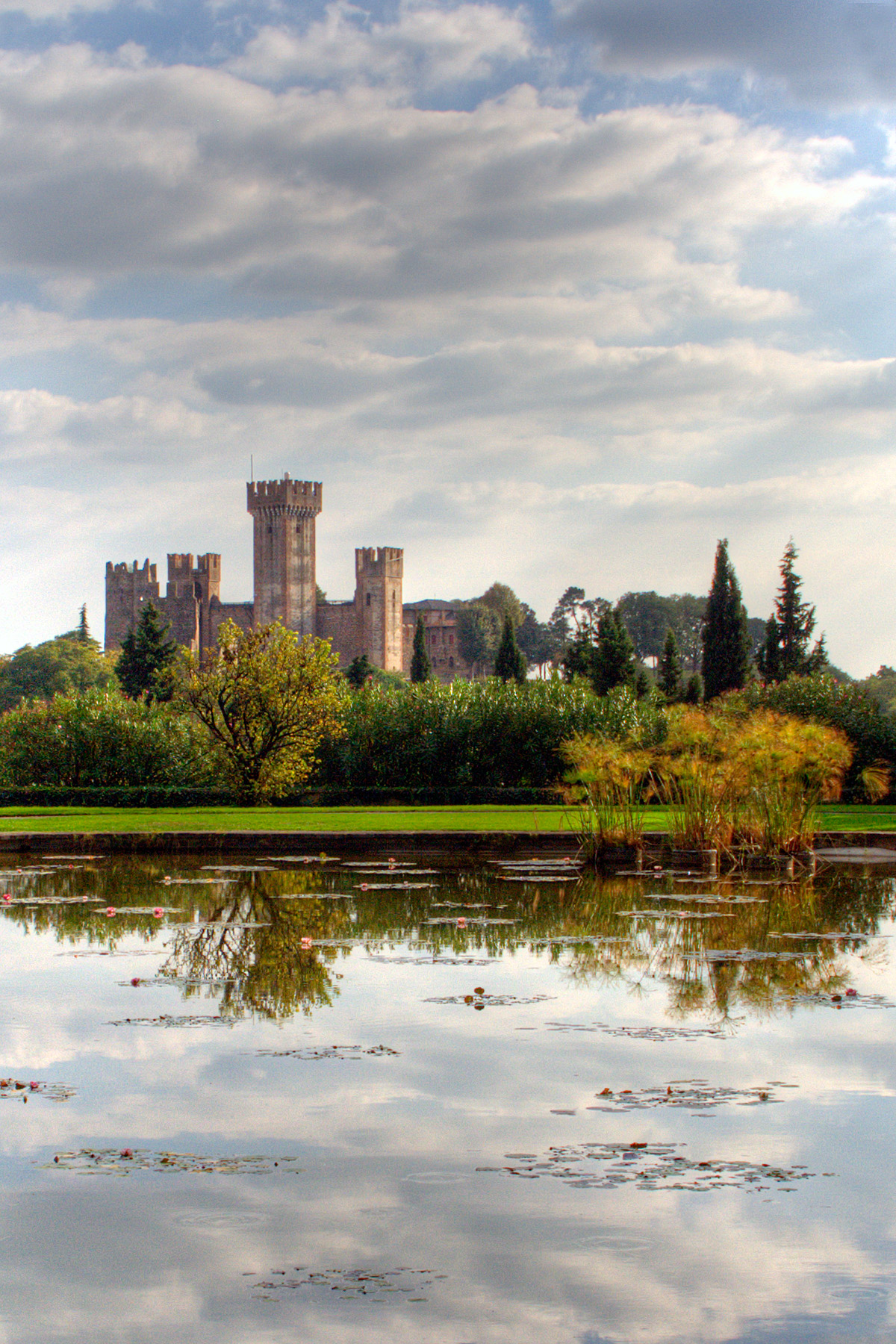
Art and Leisure by The Adriatic
The coastal region of Friuli offers spectacular venues where art and leisure blend seamlessly. The stunning combination of cultural heritage and natural beauty creates unforgettable experiences along this picturesque stretch of the Adriatic coast.
The Artistic Legacy of Trieste
Walking through Trieste feels like stepping into a living museum. I discovered that this elegant port city has been a cultural crossroads for centuries, blending Italian, Austrian, and Slavic influences in its art and architecture.
The historic cafés aren’t just places for coffee—they’re cultural institutions where artists and writers once gathered. Café San Marco, with its marble countertops and vintage woodwork, still carries that creative energy today.
Trieste’s museums showcase impressive collections spanning from classical to contemporary art. The Revoltella Museum particularly caught my eye with its 19th-century masterpieces housed in a stunning mansion.
Street art brings modern energy to the ancient streets. Local artists use building walls as canvases, creating a fascinating contrast between traditional and contemporary expression.

Breathtaking Galleries with Views of the Adriatic Sea
Miramare Castle houses one of my favorite galleries in the region. The white marble façade gleams against the deep blue Adriatic backdrop, creating a stunning first impression.
Inside, the historical rooms display amazing art collections while enormous windows frame postcard-perfect sea views. Standing there, I felt art and nature merging into one captivating experience.
Several smaller galleries dot the coastline, each offering unique perspectives. The contemporary art space near Barcola Beach showcases local artists who draw inspiration from the sea and surrounding landscapes.
For photography lovers, don’t miss the seasonal exhibitions featuring Adriatic marine life and coastal scenes. The lighting in these galleries is exceptional, with natural sunlight streaming through windows that face the sea.
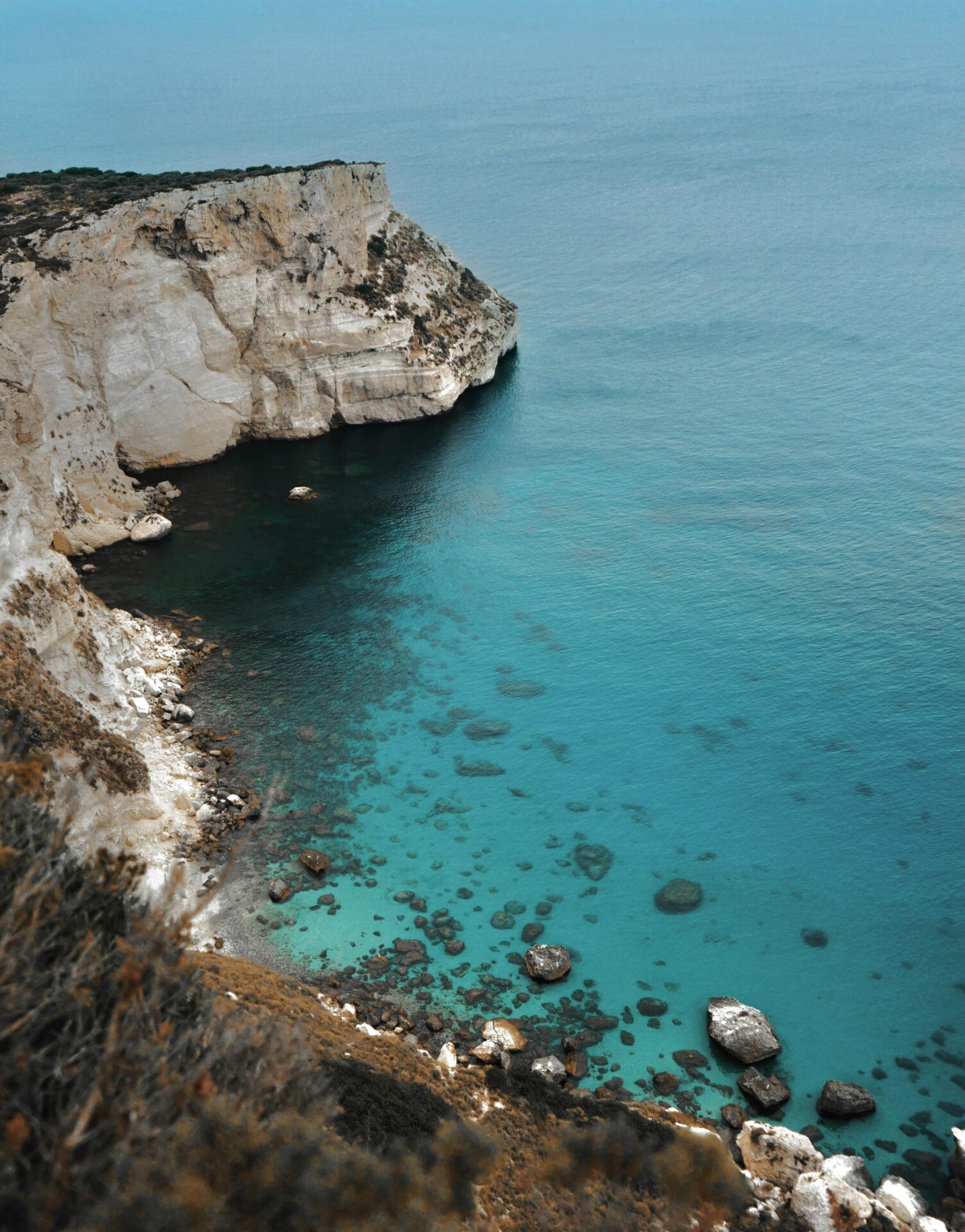
A Storybook Ending: Celebrations and Events
The grand villas of Friuli transform into magical venues where memories are crafted against the backdrop of manicured gardens and historic architecture. I’ve witnessed firsthand how these spaces create the perfect setting for life’s most cherished moments.
Elegant Weddings Amidst Italian Grandeur
I’ve attended several weddings in Friuli’s grand villas that left me speechless. These historic estates offer an authentic Italian experience far removed from touristy clichés.
The region’s wedding planners have mastered the art of blending local traditions with personalized touches. One ceremony I attended featured regional Friulian wines paired with each course of the wedding feast.
The photo opportunities are endless – from vine-covered pergolas to sweeping staircases. Many couples choose to take sunset portraits with the dramatic Alpine backdrop.
Wedding Italy, a well-regarded planning service with a 4.9/5 rating, specializes in creating unforgettable moments in these secluded settings. They often arrange intimate post-ceremony gatherings in the villa’s private gardens.

Festive Occasions in Friuli’s Opulent Settings
Beyond weddings, I’ve experienced amazing cultural events in these historic properties. Summer concerts under the stars bring classical music to life in acoustically perfect courtyards.
Wine tastings are particularly special in this region. I attended one where local vintners presented their craft while we lounged in gardens overlooking vineyards that produced the very wines in our glasses.
For a truly memorable experience, I recommend timing your visit with one of the seasonal festivals. The autumn harvest celebrations transform these villas into hubs of regional cuisine and tradition.
Many events spill over to nearby Piazza Unità d’Italia, creating a beautiful connection between private grandeur and public celebration. The square’s expansive layout and sea views complement the villa experience perfectly.
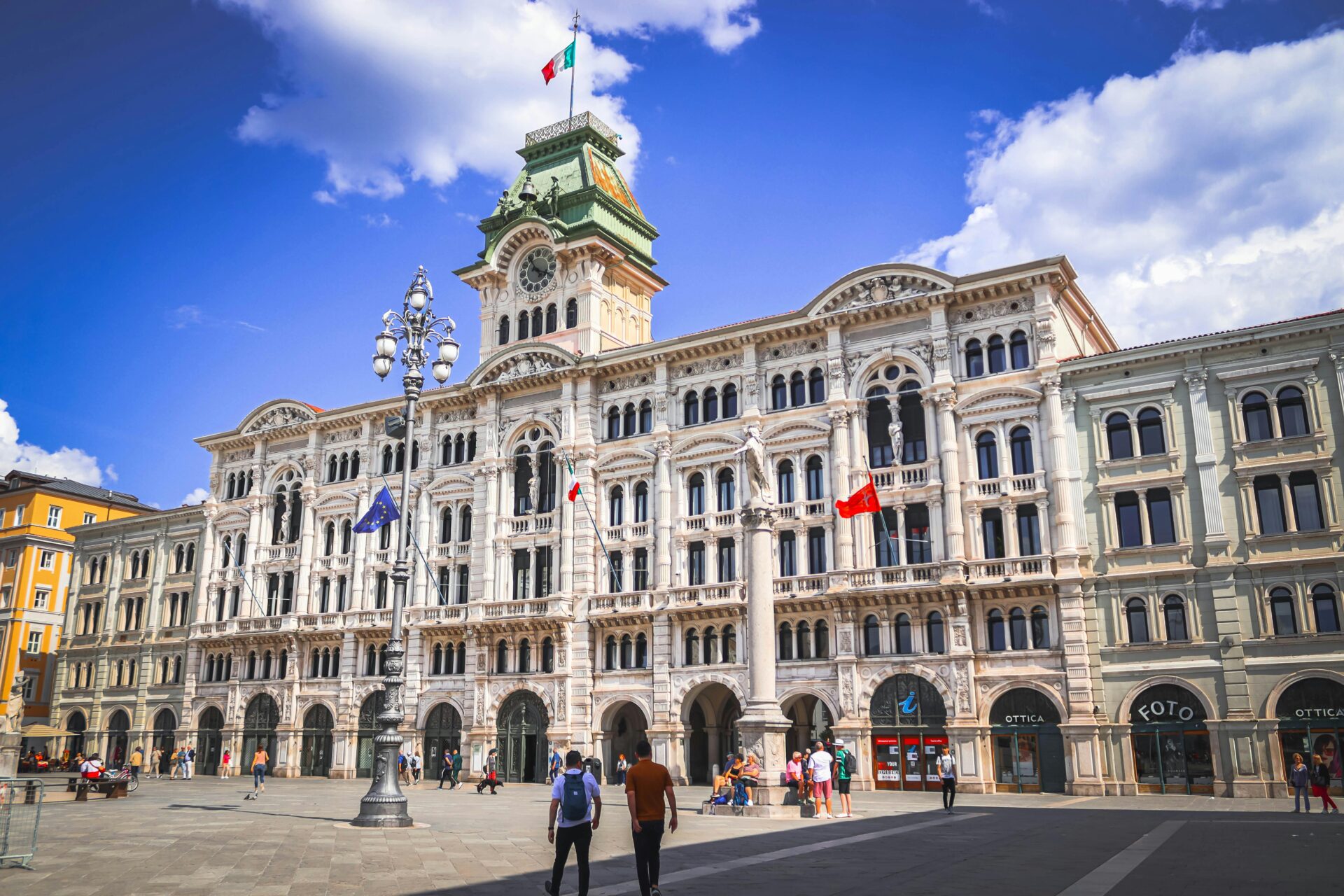
Frequently Asked Questions
Planning a visit to Friuli’s Grand Villa involves knowing what to expect and how to make the most of this unique destination. Visitors often wonder about the best experiences, historical context, and practical tips for enjoying both the art collections and spectacular gardens.
The Grand Villa houses an impressive collection of regional artwork spanning several centuries. I recommend spending time in the main gallery where Renaissance masterpieces showcase the unique cultural influences of this border region.
The Botanical Garden section draws inspiration from the nearby Carsiana botanical garden, featuring rare Karst region flora arranged in a natural sinkhole setting. This miniature ecosystem is meticulously maintained and provides a fascinating glimpse into the region’s natural heritage.
Don’t miss the east wing’s contemporary exhibition space, which rotates seasonal displays from local artists influenced by the villa’s rich history and stunning natural surroundings.
Visit early morning or late afternoon when the light is magical and the gardens are less crowded. I’ve found dawn walks through the formal Italian gardens particularly peaceful, with mist often rising from the ornamental ponds.
Bring a small sketchbook or camera to capture the changing seasonal displays. Spring offers magnificent flowering trees, while autumn transforms the landscape with golden hues.
Consider joining one of the guided garden tours offered on weekends. The guides share fascinating details about the plant species and design philosophy that might otherwise go unnoticed.
The villa dates back to the 17th century. It served as a summer residence for noble families seeking respite from Venice. Its architecture reflects the unique cultural blend of Italian, Austrian, and Slovenian influences characteristic of Friuli-Venezia Giulia.
During World War I, the villa became a military headquarters. Many historical documents from this period are displayed in the west wing. These artifacts provide compelling context for understanding the region’s complex border history.
Today, the villa’s restoration preserves its historical significance. It also creates spaces for visitors to appreciate both its artistic and natural heritage. The juxtaposition of ancient architecture with modern gallery spaces creates a uniquely layered experience.
The villa’s garden café serves traditional Friulian snacks including frico (cheese crisps) and montasio cheese plates. I recommend pairing these with local wines like Friulano or Ribolla Gialla for an authentic taste experience.
Just outside the main entrance, a small producer’s market operates on weekends. Here you’ll find seasonal specialties including wild mushrooms, honey, and preserved fruits made by local families.
For a complete dining experience, the village trattoria a short walk from the villa gates offers traditional multi-course meals. These feature regional dishes like cjarsons (herb-filled pasta) and goulasch that reflect the area’s border influences.
I recommend starting indoors with the galleries during mid-day hours when gardens can be warm. The main collection takes about 90 minutes to explore thoroughly, with another hour for special exhibitions.
Break for lunch at the garden café before spending the afternoon wandering the extensive grounds. The western path leads to stunning viewpoints overlooking the Adriatic that are particularly breathtaking in late afternoon light.
Consider the seasonal timing of your visit. Summer makes afternoon garden explorations more challenging due to heat, while winter shifts the focus to indoor galleries and the greenhouse collections.
The underground wine cellar tour reveals centuries-old storage techniques. It also offers tastings of wines produced from the villa’s own vineyards. These small-group experiences must be booked in advance but provide unique insights into regional winemaking traditions.
Look for the hidden meditation garden tucked behind the north fountain. This secluded space contains ancient stone benches and a small collection of medicinal herbs. These reference the villa’s history as a place of healing and contemplation.
The curator’s private library opens to visitors on Wednesday afternoons. This intimate room contains rare botanical illustrations and architectural drawings. These show the villa’s evolution over centuries.


